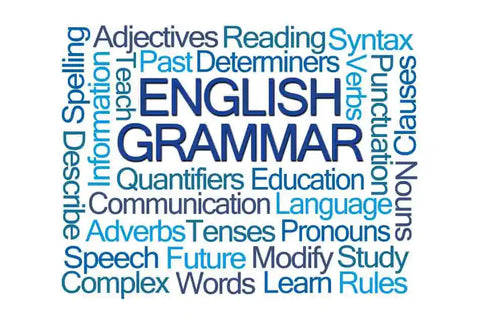Three Steps for Effectively Proofreading and Editing Scholarly Articles
Proofreading and editing are necessary processes in the production of a publishable academic or scientific article, so they should never be treated lightly or skipped altogether if you wish to achieve successful publication in a reputable scholarly journal. The temptation to dedicate less than the required attention to proofreading is significant, however, and not only because many scholars lack the desire or proclivity to check every detail in their own writing, but also because careful and effective proofreading take a great deal of time – often much more time than drafting the paper did in the first place. Fortunately, there are strategies and approaches that can make the proofreading processes as efficient and painless as possible.
Dividing the work of proofreading into separate categories and tasks is particularly helpful when checking, correcting and improving scholarly writing. Academic and scientific articles tend to be complex and contain a large amount of detailed information that must be presented in particular and consistent ways. This means that each paragraph and often each sentence will contain several elements that must be carefully checked and, if necessary, altered, yet it can prove virtually impossible to catch every error when you are trying to attend to so many details simultaneously. Dividing the work into three distinct steps or stages can help by allowing you to focus more closely on fewer details and issues as you read through your work.
Three obvious categories for the purposes of proofreading are content, language and format, which can be effectively dealt with in that order by reading through your paper three times. Using this method, you should focus on the content of your paper as you first read through it, so you will want to ensure that your research processes and findings are described accurately and precisely and that your overall argument is clear and its progress smooth. You will also want to make sure that references appear wherever they are required and that any tables and figures you use contain everything they should.
You should then read through your paper again, but this time your main concern will be the language you use. Each sentence must be properly constructed, your grammar and spelling must be correct and your use of punctuation must be consistent and effective. This is also the time to check any specialised terminology and nonstandard abbreviations you use, as these should be properly defined and used with consistency throughout your article.
As you read through your paper the third time, you should pay special attention to formatting of all kinds to ensure that the way in which you present your work is effective and accessible for readers and meets all requirements established by the journal to which you plan to submit your article. Remember that checking the format of references, tables and figures should be an important aspect of this third reading.
Since it is never possible to separate content, language and format entirely, you will certainly discover issues beyond your strict focus with each read through your work, and this is another benefit of such a multilayered approach. By the time you are finished addressing the three categories, you will have proofread and edited your article three times, which is far from excessive when perfecting a sophisticated piece of scholarly writing. In fact, a fourth and final check through the document to ensure that nothing has been missed and all your changes have been entered correctly without introducing new errors is also wise when you are aiming for a professional polish that will impress acquisitions proofreaders.
Why Our Editing and Proofreading Services?
At Proof-Reading-Service.com we offer the highest quality journal article editing, dissertation proofreading and online proofreading services via our large and extremely dedicated team of academic and scientific professionals. All of our proofreaders are native speakers of English who have earned their own postgraduate degrees, and their areas of specialisation cover such a wide range of disciplines that we are able to help our international clientele with research editing to improve and perfect all kinds of academic manuscripts for successful publication. Many of the carefully trained members of our manuscript editing and proofreading team work predominantly on articles intended for publication in scholarly journals, applying painstaking journal editing standards to ensure that the references and formatting used in each paper are in conformity with the journal’s instructions for authors and to correct any grammar, spelling, punctuation or simple typing errors. In this way, we enable our clients to report their research in the clear and accurate ways required to impress acquisitions proofreaders and achieve publication.
Our scientific proofreading services for the authors of a wide variety of scientific journal papers are especially popular, but we also offer manuscript proofreading services and have the experience and expertise to proofread and edit manuscripts in all scholarly disciplines, as well as beyond them. We have team members who specialise in medical proofreading services, and some of our experts dedicate their time exclusively to dissertation proofreading and manuscript proofreading, offering academics the opportunity to improve their use of formatting and language through the most exacting PhD thesis editing and journal article proofreading practices. Whether you are preparing a conference paper for presentation, polishing a progress report to share with colleagues, or facing the daunting task of editing and perfecting any kind of scholarly document for publication, a qualified member of our professional team can provide invaluable assistance and give you greater confidence in your written work.
If you are in the process of preparing an article for an academic or scientific journal, or planning one for the near future, you may well be interested in a new book, Guide to Journal Publication, which is available on our Tips and Advice on Publishing Research in Journals website.








